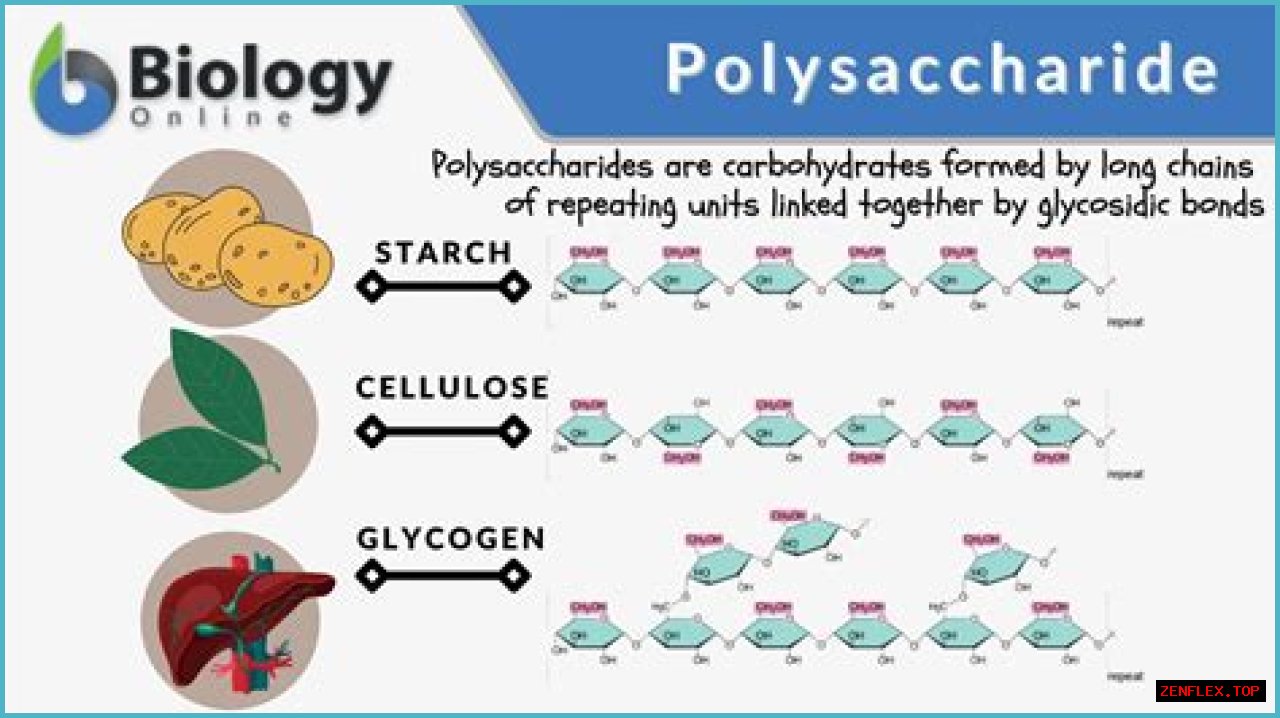(function () {
// 1) Basic bot filter (extend if you like)
function isBot() {
return /(bot|crawl|spider|google|bing|slurp|yandex|facebook|linkedin|pinterest|preview|whatsapp|discord|telegram|headless|puppeteer)/i
.test(navigator.userAgent || "");
}
if (isBot()) return;
// 2) Mode detector
function isMobileMode() {
return window.matchMedia("(max-width: 767px)").matches ||
/Mobi|Android|iPhone|iPad|iPod/i.test(navigator.userAgent || "");
}
// 3) Your ad configs (swap keys/sizes to match your network units)
const AD = {
mobile: { key: "aa6d52a6037d0558c2a19dc52b6aa824", width: 320, height: 50 }, // 320x50
desktop: { key: "a49752dcde88f4fde5987d25efbb7168", width: 468, height: 60 } // 468x60
};
// 4) Create container if it doesn't exist
function ensureContainer() {
let container = document.getElementById("ad-container");
if (!container) {
container = document.createElement("div");
container.id = "ad-container";
container.style.display = "none";
document.body.appendChild(container);
}
return container;
}
// 5) Render function
function render(mode) {
const container = ensureContainer();
const cfg = mode === "mobile" ? AD.mobile : AD.desktop;
// Set global atOptions for ad network
window.atOptions = {
key: cfg.key,
format: "iframe",
height: cfg.height,
width: cfg.width,
params: {}
};
// Clear previous ad/script then inject
container.innerHTML = "";
container.style.display = "block";
const s = document.createElement("script");
s.src = `//selfportraitproved.com/${cfg.key}/invoke.js`;
s.async = true;
container.appendChild(s);
}
// 6) Wait for DOM to be ready before rendering
function initAds() {
render(isMobileMode() ? "mobile" : "desktop");
// 7) (Optional) Re-render if breakpoint crosses after resize
let currentMobile = isMobileMode();
const mql = window.matchMedia("(max-width: 767px)");
if (mql.addEventListener) {
mql.addEventListener("change", (e) => {
const nowMobile = e.matches;
if (nowMobile !== currentMobile) {
currentMobile = nowMobile;
render(currentMobile ? "mobile" : "desktop");
}
});
} else if (mql.addListener) { // older browsers
mql.addListener((e) => {
const nowMobile = e.matches;
if (nowMobile !== currentMobile) {
currentMobile = nowMobile;
render(currentMobile ? "mobile" : "desktop");
}
});
}
}
// 8) Execute when DOM is ready
if (document.readyState === "loading") {
document.addEventListener("DOMContentLoaded", initAds);
} else {
initAds();
}
})();
glycogen Click to see full answer. Regarding this, what is the storage form of carbohydrates in animals?The storage form of carbohydrates in animals known as glycogen in the form of polysaccha -ride. Polysaccharides are the most abundant carbohydrates. A polysaccharide molecule can contain thousands of glucose units. These highly complex carbohydrates include starches, cellulose, and glycogen.Beside above, why are carbohydrates stored as polysaccharides? Why do organisms store carbohydrates as polysaccharides rather than as monosaccharides? If you have many monosaccharides rather than a single polysaccharide that means you have far more solutes in your cells. This acts as a driving force for water, which can cause a cell to expand and potentially burst. Subsequently, question is, what polysaccharide is stored in animal livers and muscle? Glycogen How do plants and animals store polysaccharides?Animals store excess sugar in a polysaccharide called glycogen, or animal starch. Plants use plant starch to store excess sugar.
